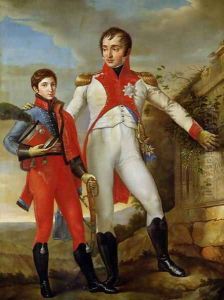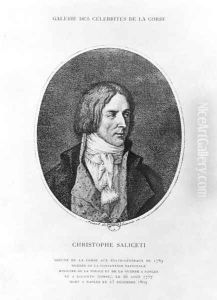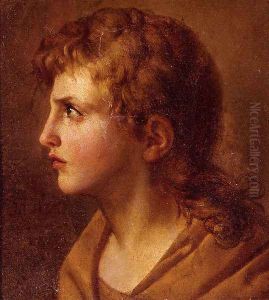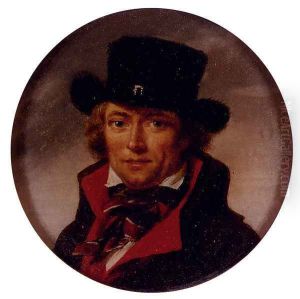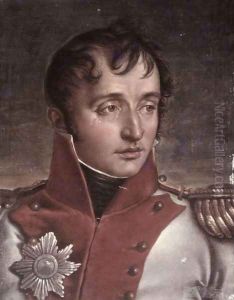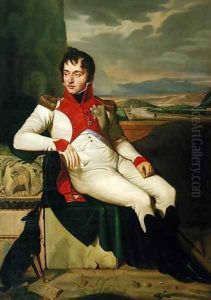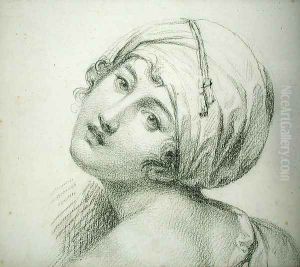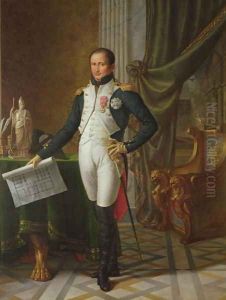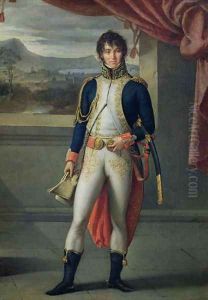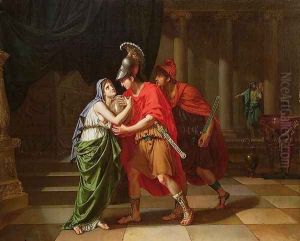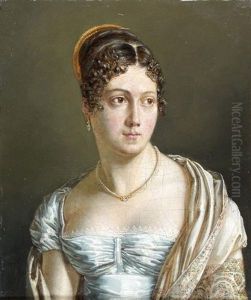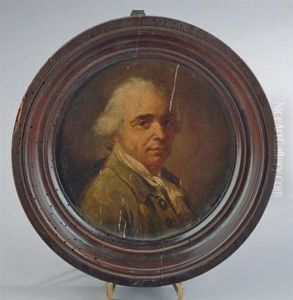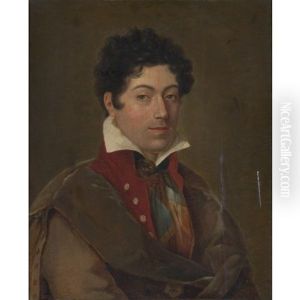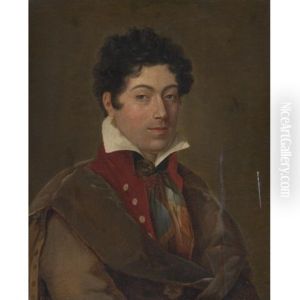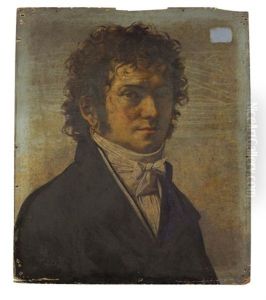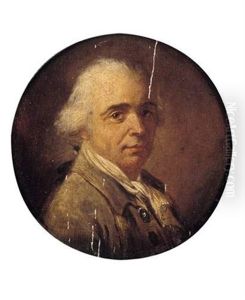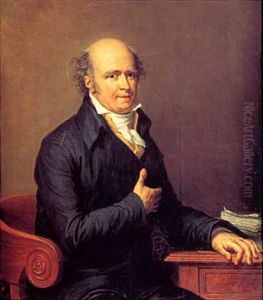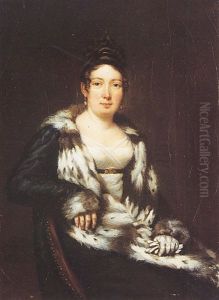Jean Baptiste Joseph Wicar Paintings
Jean Baptiste Joseph Wicar was a French Neoclassical painter and draughtsman renowned for his portraits, historical subjects, and works on paper. Born on January 22, 1762, in Lille, France, Wicar studied under Jacques-Louis David, the leading French painter of the time and a key figure in the Neoclassical movement. Under David's mentorship, Wicar developed his skills and was deeply influenced by the classical ideals of beauty, harmony, and purity.
Wicar's career spanned a tumultuous period in French history, which included the French Revolution and the Napoleonic Wars. He was an active participant in the cultural and political life of his time, creating works that reflected the revolutionary ideals and depicting some of the era's prominent figures. His proficiency in portraiture brought him to the attention of leading political figures, and he became a favored artist among the French elite.
In 1795, Wicar traveled to Rome, where he spent a significant part of his career. His time in Italy allowed him to study ancient art and the Renaissance masters, which further influenced his artistic style. In Rome, Wicar was also involved in the art administration of the French Academy and played a role in the art looting during the Napoleonic campaigns, helping to select works of art to be sent back to France.
After Napoleon's fall, Wicar chose to remain in Italy and continued to work and teach. He became an influential figure in the Italian art scene and played a mentorship role to a new generation of artists. His legacy includes not only his artworks but also his contribution to the preservation and study of Italian Renaissance art.
Wicar's works were characterized by their clear outlines, smooth surfaces, and calm compositions, embodying the ideals of the Neoclassical style. He was also a talented engraver and left behind a substantial body of drawings and prints.
Jean Baptiste Joseph Wicar passed away on February 27, 1834, in Rome, leaving behind a legacy that contributed to the history of Neoclassical art. His works continue to be appreciated for their historical value and artistic finesse.
